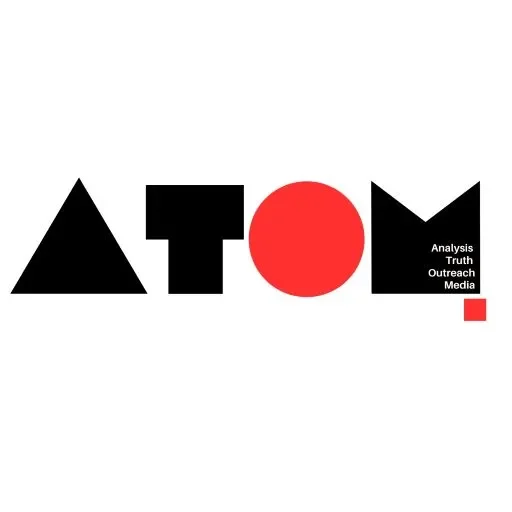Government Initiative Fosters Innovation in Healthcare Delivery
To help close the gap between state-of-the-art technology and publicly available healthcare, the Indian government is actively pushing public hospitals to open incubation centers. These facilities act as hubs for collaboration where entrepreneurs and startups can work with health care providers to create creative answers to problems in public health.
Startups, Doctors, and Students Working Together
Collaboration is key to this government-backed initiative, which gives startups and entrepreneurs a valuable platform to develop their ideas while working directly with doctors who are aware of the unique requirements of the healthcare system. It also aims to connect talented students from prestigious universities such as the Indian Institutes of Technology (IITs) with public hospitals.
AIIMS Delhi Leads the Way, with More Centers on the Horizon
Even though the project is still in its early phases, AIIMS Delhi has taken the lead and established a specific platform for this cooperative methodology. Other public hospitals can adopt this model as a model. The new facility at the Government Institute of Medical Sciences (GIMS) in Greater Noida is another encouraging development.
GIMS Center for Medical Innovation
The Center for Medical Innovation (CMI) was established by GIMS as a proactive measure. This specialized facility helps MedTech firms thrive at different phases of development by offering vital support. Importantly, the CMI actively connects budding entrepreneurs with the broader startup ecosystem, providing them with the resources and guidance necessary to turn their ideas into reality.
Fueling Innovation with Patient Information
Public hospitals hold a treasure trove of patient data, offering invaluable insights into healthcare trends and needs. The government’s initiative recognizes the immense potential of this data. By providing startups with access to anonymized patient databases, the program empowers them to develop devices and applications with greater accuracy and effectiveness.
Dr. Rahul Singh on the Importance of Connecting Tech and Public Health
Dr. Rahul Singh, leading the CMI at GIMS, emphasizes the program’s core objective: Government hospitals possess a vast repository of patient data. We are offering a platform where startup entrepreneurs can leverage this data for research and a deeper understanding of health issues. This, in turn, allows them to develop devices and applications with the highest level of accuracy. The ultimate goal of the Centre for Medical Innovation is to bridge the gap and seamlessly connect technology with public health initiatives.
Real-World Examples: How Collaboration is Leading to Innovation
It is already clear that this program has the potential to significantly improve healthcare delivery. Dr. Singh provides this striking example: An IIT Mandi professor came up with the idea for a lightweight, portable newborn incubator with the express purpose of overcoming logistical difficulties in hilly areas. We were able to give him insightful advice to further improve his product and guarantee its utmost efficacy through cooperation with our institute.
Read more: Marketing News, Advertising News, PR and Finance News, Digital News





